The Thermalright TL-B12 Extreme wants to compete with the Phanteks T30, which was also tested, in the field of wind machines with the customer through flexibility and dominance over an extremely wide speed range. The price is also dominant, and the company plans to go on the market with it in Germany soon, because 29 euros for an unlit wind machine is self-confident. You could certainly accept the price, but then the test object must not make any mistakes. Today’s test will tell you whether it really succeeds. Because where there is a lot of light, there is unfortunately also shadow this time.
It’s interesting to note that the TL-B12 Extreme (unlike the T30) relies on the fan’s normal thickness of 25 instead of 30 mm, which of course offers no further leeway in terms of rotor blade geometry. Thus, when installing also does not have to pay attention to the fact that you need more space in the depth, as with the T30. The rather unstable rotor (and frame) is joined by a double ball bearing and a somewhat growly drive. And now?
You can run it from 561 rpm (PWM) or 293 rpm (DC) or unbraked up to 3150 rpm (at least in theory), which makes it really flexible. A mild evening breeze or a murderous tornado – anything is possible. You can ponder about the sense, but such a broadband fan is actually almost a luxury item when it already performs as well or maybe even better than most of the competitors below 2000 rpm and can still increase the performance by a fat margin in an emergency.
The bearing and the construction will still occupy us acoustically in the course of the test, especially since there are other sources of noise and interference. The power consumption of over 4 watts at full speed is a bit more generous, but power comes from fuel. RGB is not available, not even for an additional charge. Of course, there are also accessories and plenty of them. Besides different colored corners, which could also be charitably called decoupling, there is also a Y-splitter for two fans and various screws.
By the way, the gap dimensions are a disaster and I (reluctantly) refer to the title of this article. Of course, it could be a one-time error on a single model, but we retested a second fan and noticed the same error again. The impeller is not quite centered on both fans and also has a relatively large amount of play. Which means not quite centered… compared to that, a Lada is really real precision work. These deviating gaps were absolutely the same in both fans, so one could suspect a serial error here.
At higher speeds, this is noticeable in a slight clacking or scratching, whose origin we could then also find as a real drag mark in both fans in the macro:
The material used is also faulty, or the entire injection molding process has been carried out in a completely questionable manner. All this has more the charm of self-printed prototypes and not the standing of a solid product from mass production. All components are extremely brittle and crumble or break even under slight pressure. The following gallery also shows you other interesting details like the PCB of the 4-pole motor, whose imprint definitely leaves questions unanswered:
Some investigation then revealed that these parts come from Speedy, incidentally the same OEM that EKWB uses for its Vardar. Speedy’s reputation isn’t really the best, though, so today’s result isn’t all that surprising. We prefer to keep quiet about the RMA rates of these products.
And because it was so nice and easy to act out your aggression with only a little pressure, we made this video (against our habits). Whether and why quality management failed like this cannot be verified, but I have already left feedback for the importer. The answer is still pending and I will of course post an update and retest if possible.
The product itself is very interesting and the measured values look quite promising, but we would have preferred to do without the drama of the gaps and their consequences as well as the material. Speedy just. Nevertheless, we decided to publish the test because it was already finished and the scratches and crumbs only really became visible after continuous load operation. Sometimes it has to be the sensitive measuring microphone that puts you on the right track. And a buy warning at this point in time is entirely appropriate.
| Form factor | 120 mm |
| Strength | 25 mm |
| PWM | Yes |
| RGB | No |
| Decoupled | Yes |
| Color Frame | Black |
| Accent color | none |
| Color rotor | Black |
| Weight in g | 215 |
| min. speed | 551 PWM (measurement) |
| max. speed | 3150 |
| Volume flow m3/h | 190.28 |
| Flow rate CFM | 112.0 |
| static pressure mmH2O | 5.0 |
| Sound pressure dBA | 40,5 |
| Life Time hrs | n/a |
On the next page you will first see how and what we test and why. Understanding the details is incredibly important in order to be able to objectively classify the results later. The differences between many models are more in the details and the best fan for all situations can hardly exist. There is a certain optimum in every situation and, of course, good all-rounders. But they usually have their price. However, if you are planning very specifically with 60 mm radiators, for example, you might be able to save money by choosing the best model for your intended use, which might not perform so well as a case fan. And vise versa, of course.
I also have the original data sheet at hand once again for the nuggets:
Currently, the fan is not yet in stock, but it is already listed by the distributor and on its way to Germany.














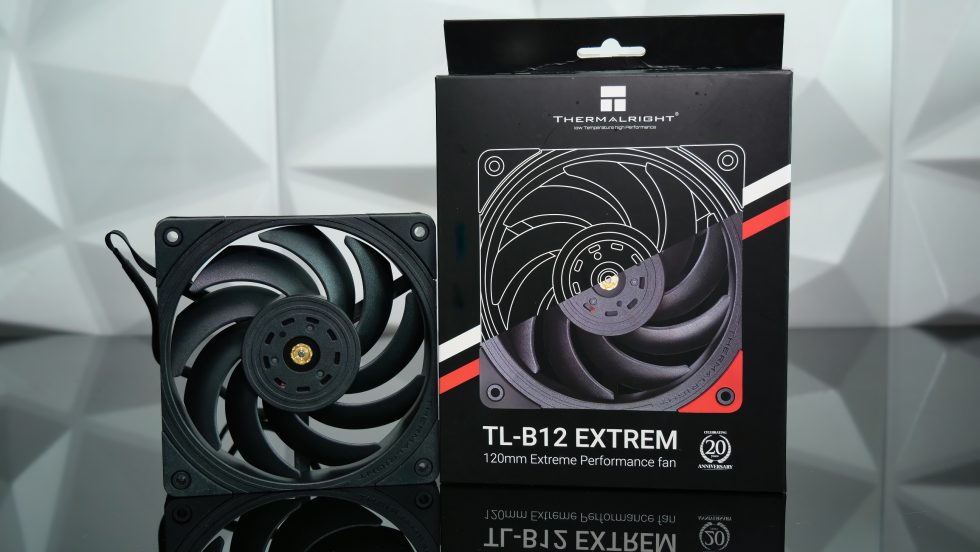
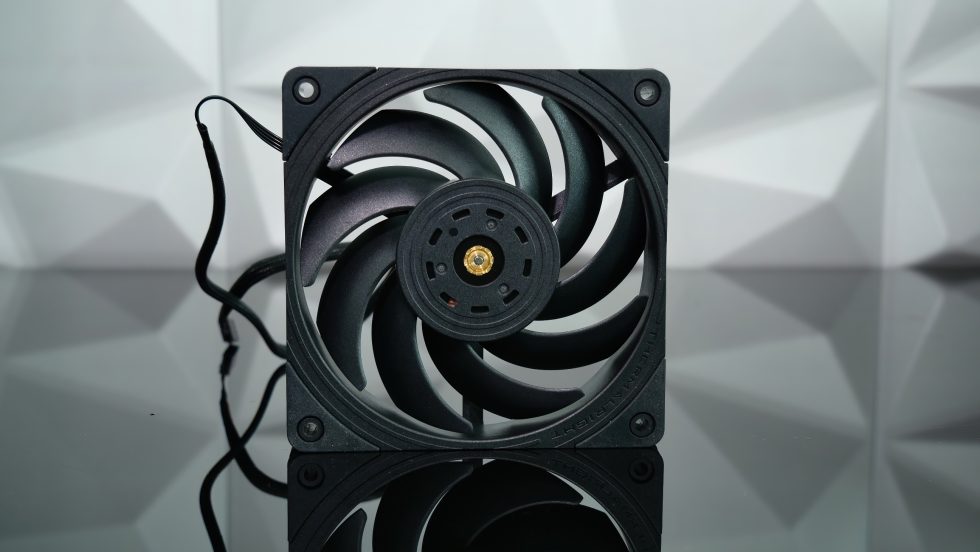
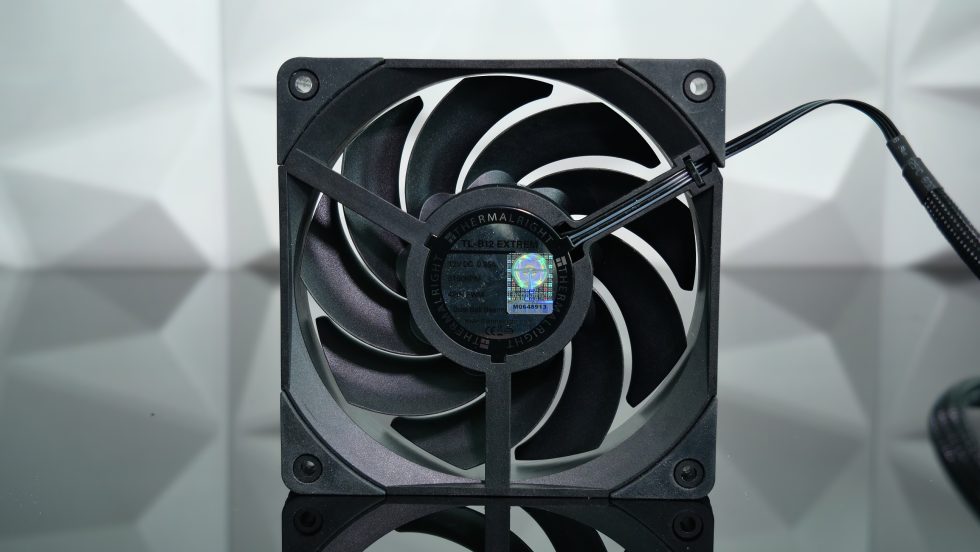
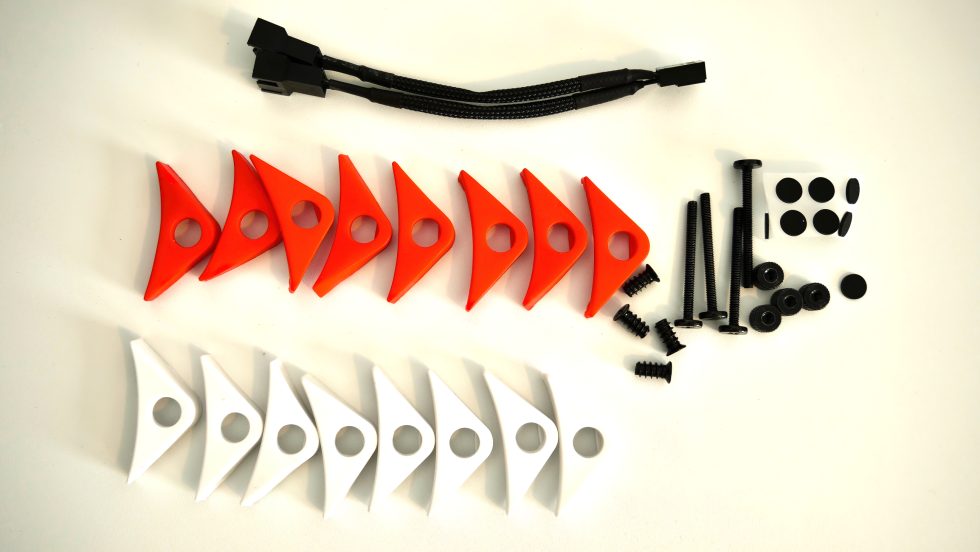
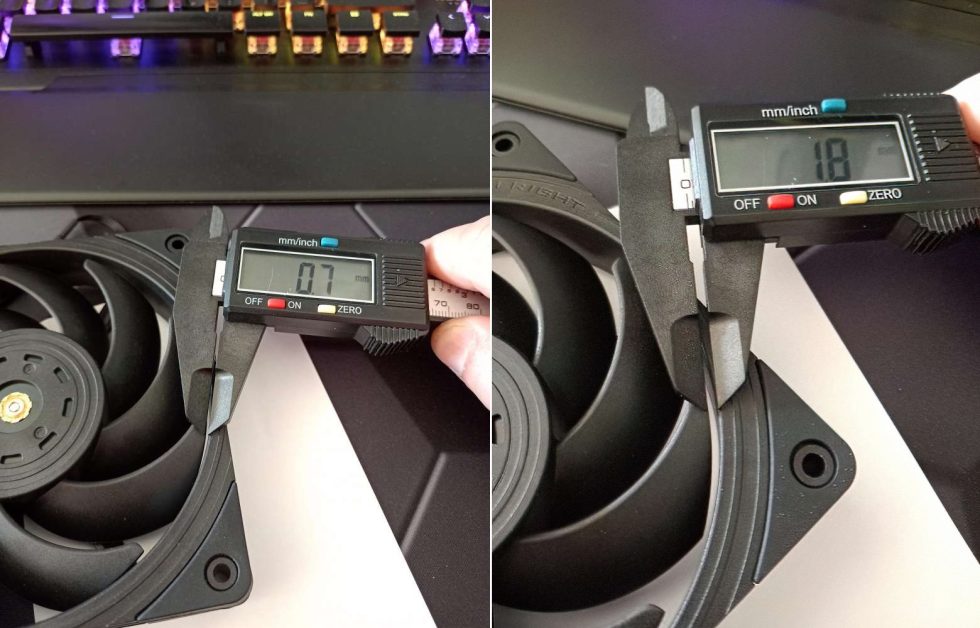
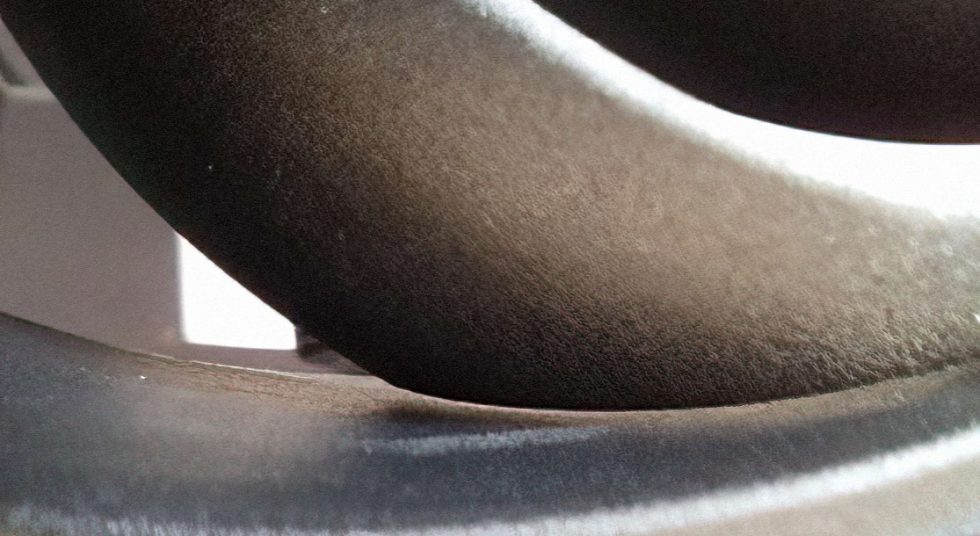
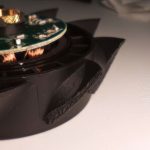
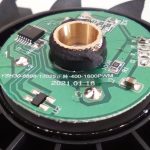


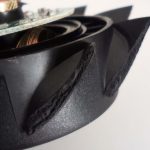
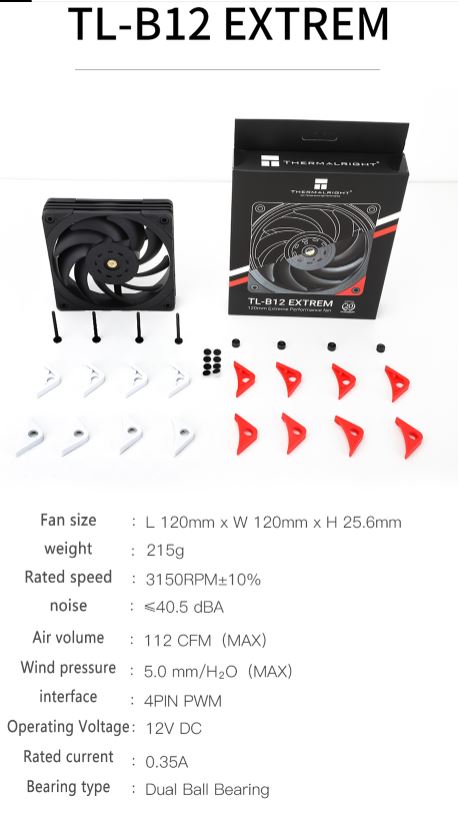


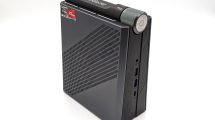















30 Antworten
Kommentar
Lade neue Kommentare
Veteran
Veteran
Urgestein
Urgestein
Veteran
1
Urgestein
Veteran
Urgestein
Mitglied
Urgestein
Urgestein
Urgestein
Veteran
Urgestein
Urgestein
1
Mitglied
Alle Kommentare lesen unter igor´sLAB Community →